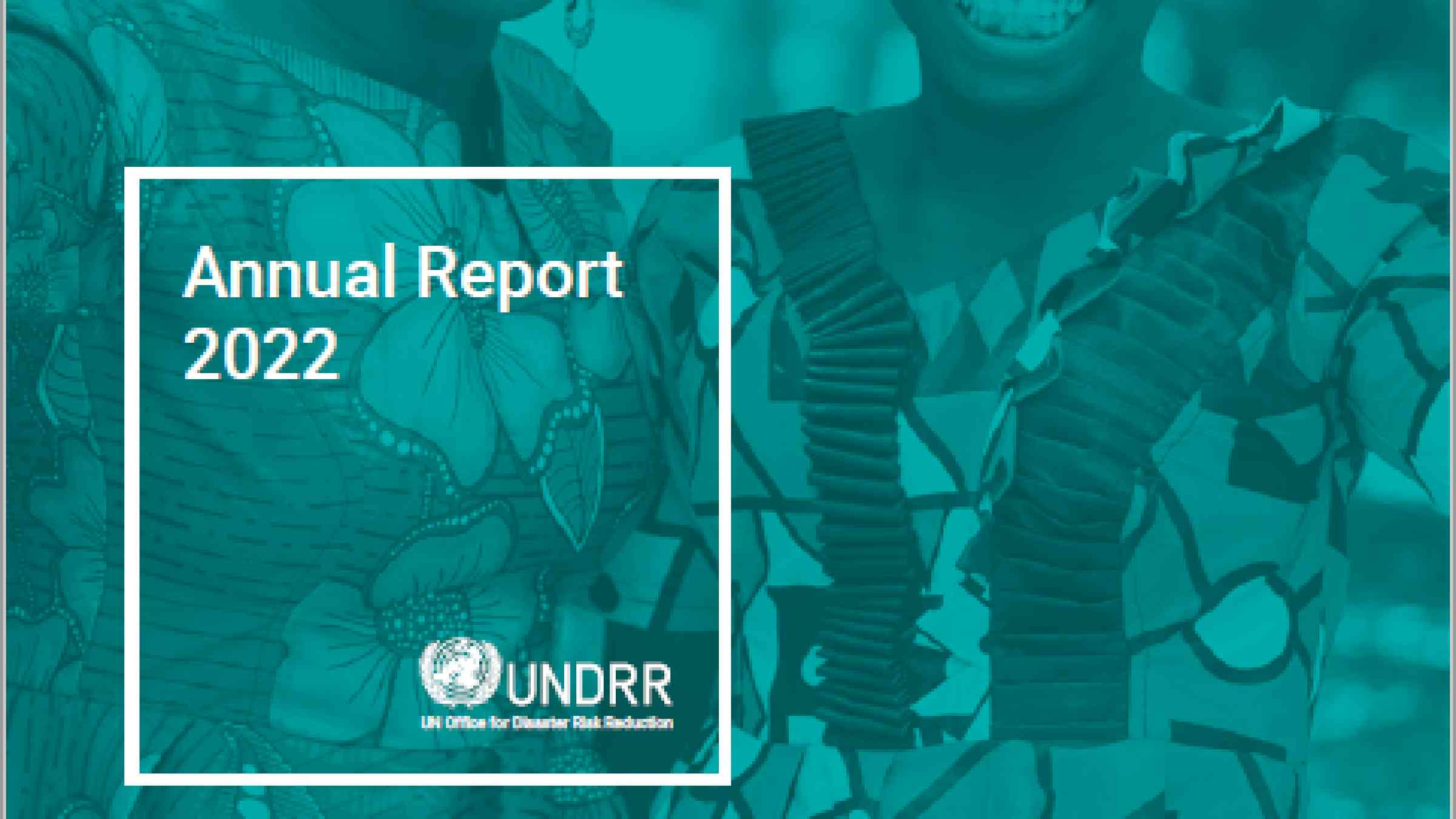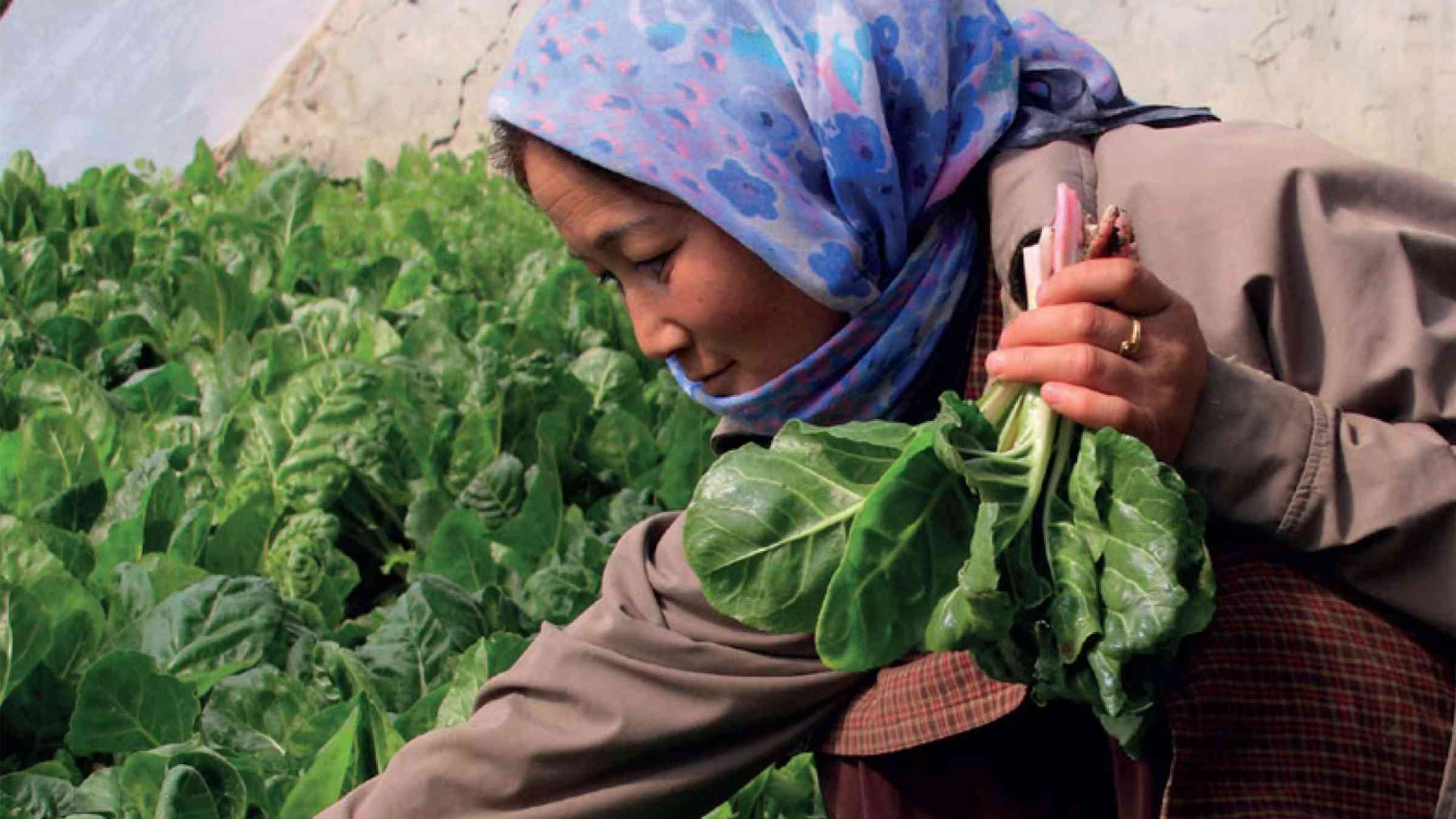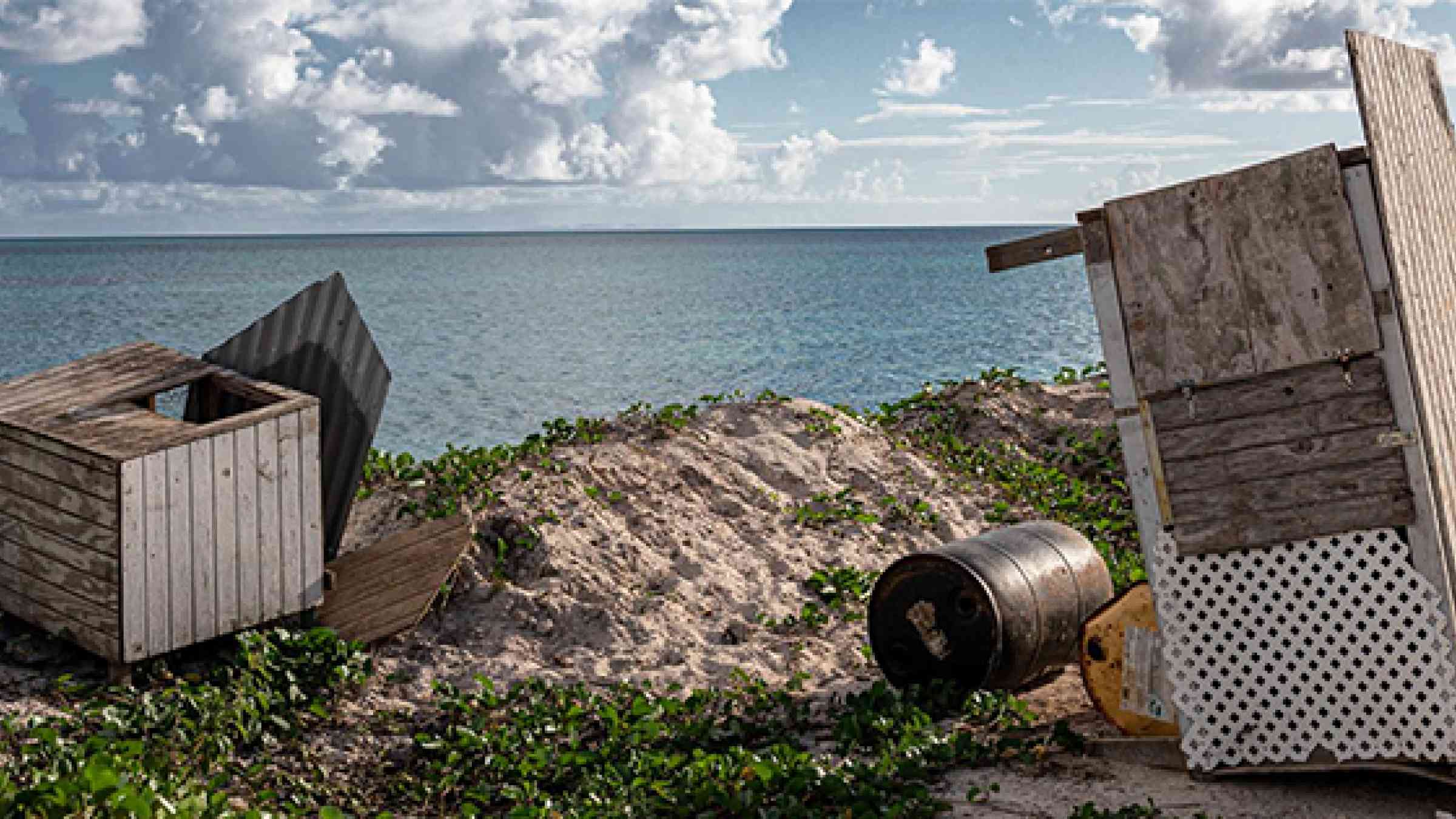United Nations Office for Disaster Risk Reduction (UNDRR) Work Programme for 2024-25
UNDRR’s Work Programme for 2024-25 comes at a critical juncture. It is built around strategic objectives that are geared to helping countries better understand the risks they face and to strengthen their disaster risk governance at all levels; to driving up investments in disaster risk reduction through stakeholder partnerships; and to integrating disaster risk reduction at the heart of sustainable development efforts.
“The era of global warming has ended; the era of global boiling has arrived. Leaders must lead. No more hesitancy. No more excuses. No more waiting for others to move first.
There is simply no more time for that. It is still possible to limit global temperature rise to 1.5 degrees Celsius and avoid the very worst of climate change. But only with dramatic, immediate climate action.”
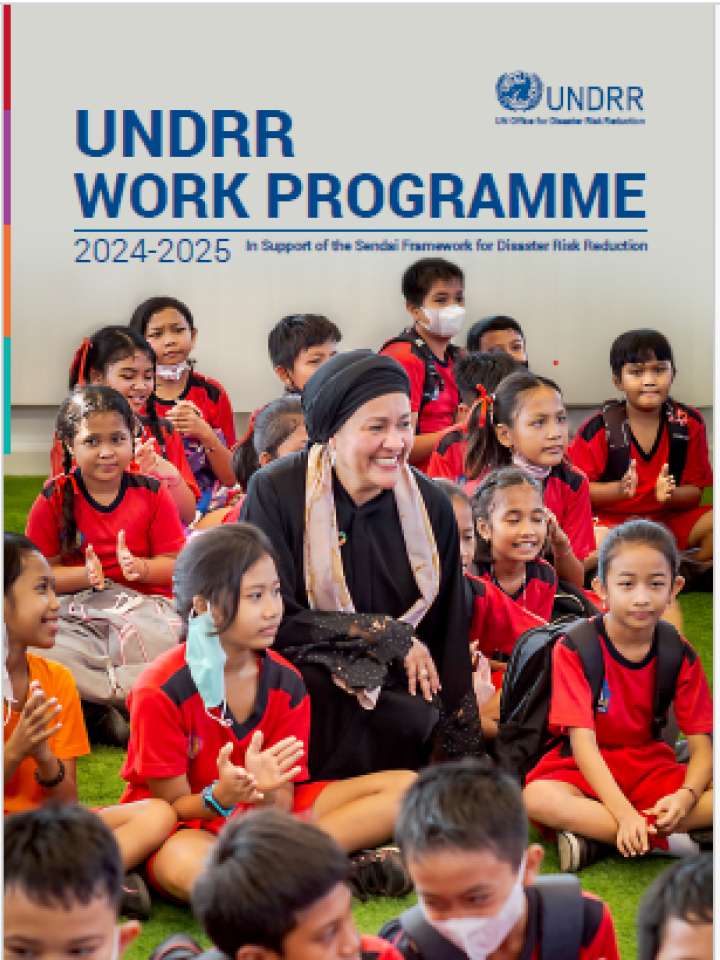
There’s nothing natural about disasters. In fact, contrary to popular perception, we are far from powerless in the face of earthquakes, tsunamis, cyclones and pandemics. Such hazards may be inevitable, but their disastrous impacts are not: we can curb their devastating power by understanding their interrelated risks, setting up early warning systems and investing preemptively
Doing so is becoming ever more urgent as the accelerating pace of climate change causes more frequent longer-lasting and harsher weather events, and as many countries urbanise at unprecedented rates.
The United Nations Office for Disaster Risk Reduction (UNDRR) works alongside countries around the world to meet these challenges and to protect their development gains from disasters. Precisely how we will do this over the next two years is detailed in our Work Programme for 2024-25.
On this page
- UNDRR strategic objectives
- Accelerators
- Scaling up use of disaster and climate risk information for decision-making
- Scaling up communication and public advocacy for building highest political traction and commitment to disaster risk reduction
- Accelerating climate risk reduction
- Accelerating financing for disaster risk reduction and de-risking investment
Our strategic objectives

Expected results:
- Robust evidence, innovation and good practices on risk reduction available to inform decision-making processes across and within sectors
- Governments and other stakeholders supported to integrate climate change and disaster risk reduction into relevant strategies and policies across and within sectors
- Review and monitoring accelerates achievement and strengthens accountability to- wards the Sendai Framework
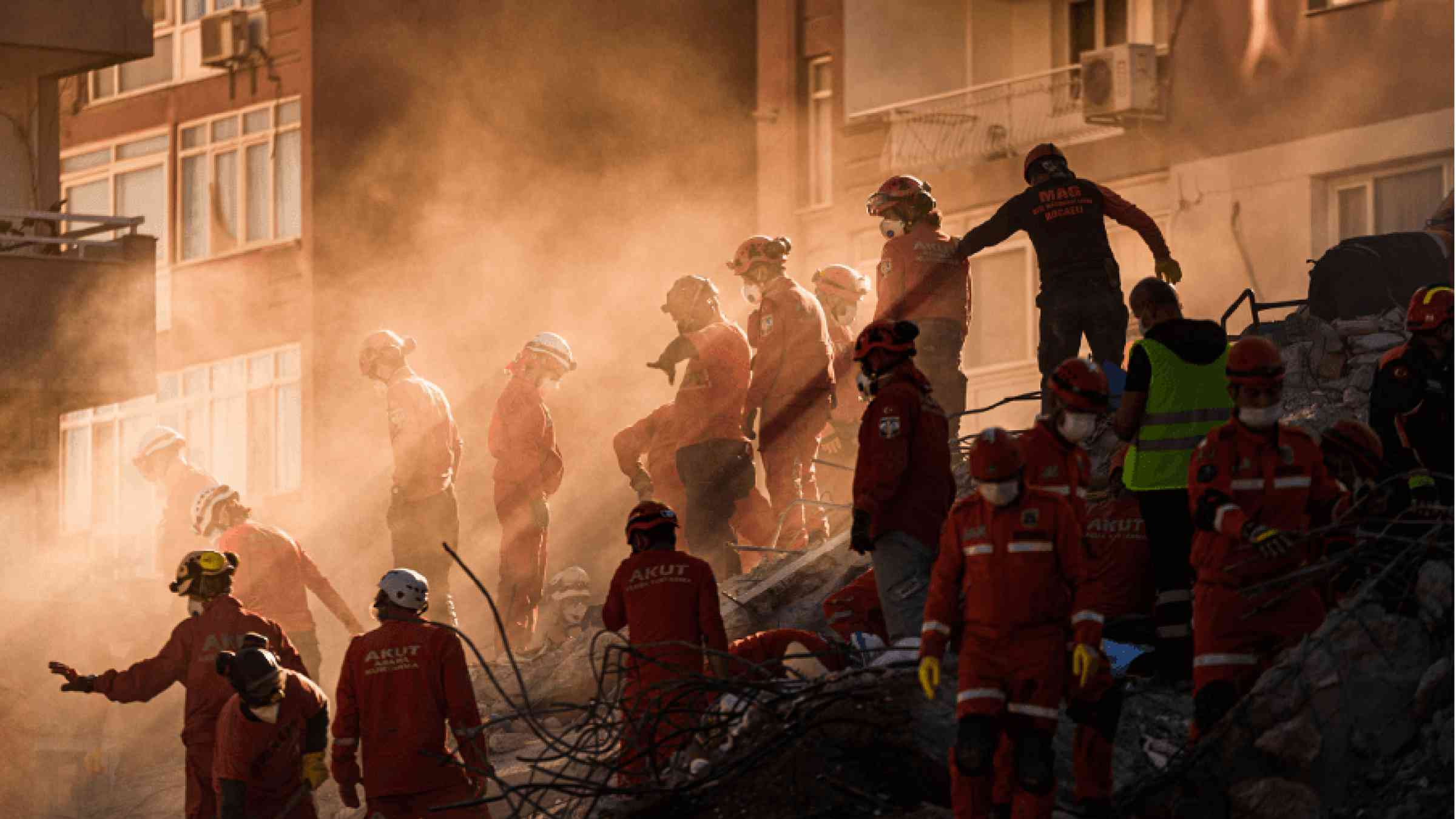
Expected results:
- Effective and inclusive regional coordination and review mechanisms accelerate implementation of the Sendai Framework
- Governments supported to develop and implement integrated, multistakeholder, gender responsive and disability inclusive risk governance
- Local governments supported to develop, implement and finance climate sensitive, inclusive multi-hazard disaster risk reduction strategies
- Governments’, UN system partners’ and other stakeholders’ capacities are developed for climate sensitive, inclusive disaster risk reduction
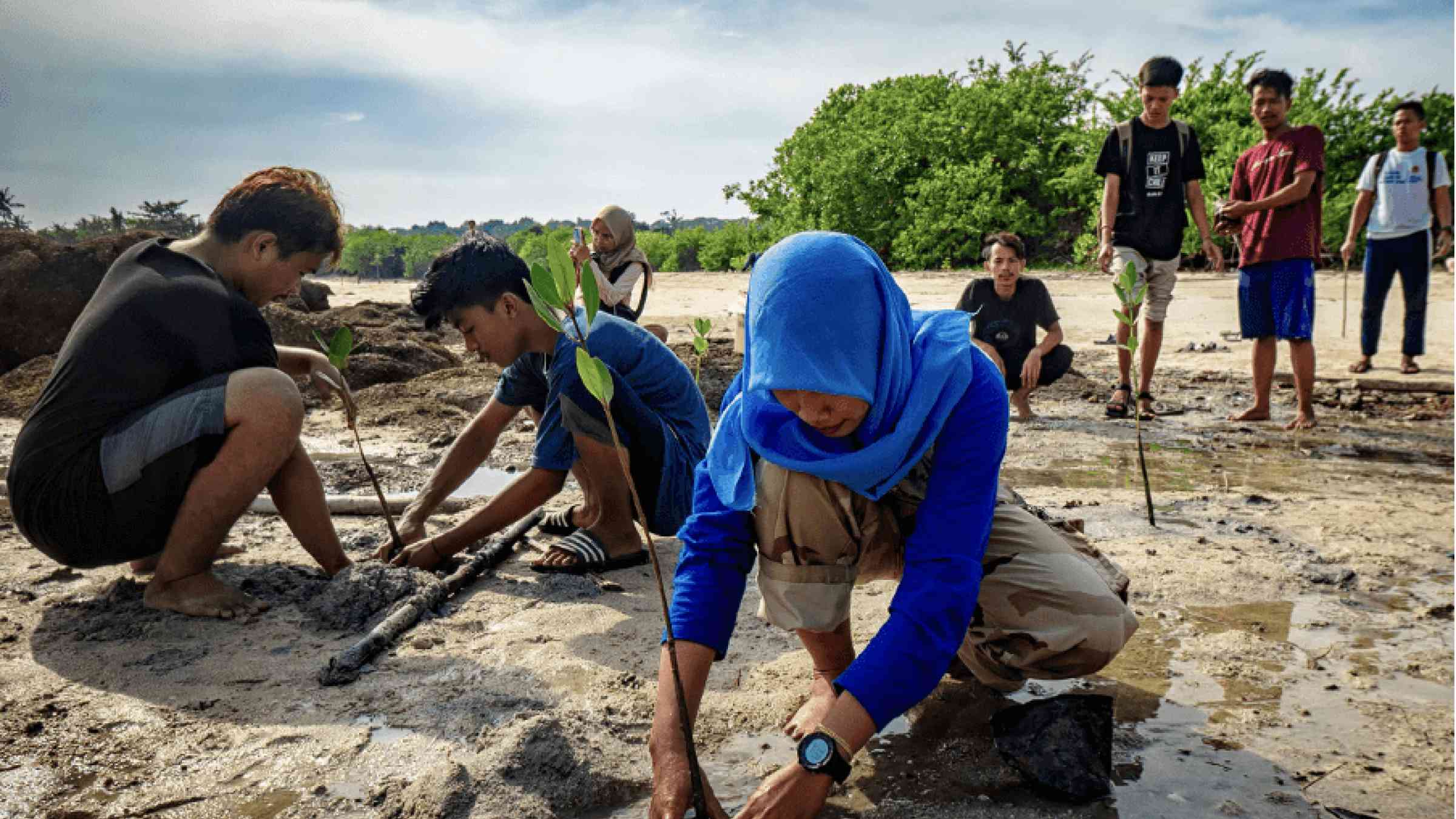
Expected results:
- Accelerate financing for disaster risk reduction, ensure investments are risk informed and address resilience of infrastructure
- All of society approach contributes to inclusive risk knowledge and management with particular focus on reducing vulnerability of the most at risk
- Integrating a risk-informed approach across the 2030 Agenda and key intergovernmental policy decisions, related to sustainable development, climate change and the environment

Expected results:
- Governments and other stakeholders demonstrate awareness of the importance of risk-informed sustainable development
- Advocacy, campaigns and communications strengthen UNDRR’s relevance as the disaster risk reduction integrator within the UN system and externally
- Effective leadership, learning and knowledge sharing on disaster risk reduction mobilise action for risk-informed development
Accelerators
Scaling up use of disaster and climate risk information for decision-making
Main achievements so far:
- 75 countries received UNDRR risk-related technical support, customized to their specific issues and challenges.
- Next-generation country-level systemic multi-hazard risk assessment prototype applied in Costa Rica, Eswatini, Sudan and Somalia.
- Prototype of the new database, including a maturity assessment framework, developed and government and stakeholder engagement enhanced.
Results by 2025:
- 25% increase in the number of countries applying new risk information and analysis generated by UNDRR
- 4 new countries initiating specific analysis with UNDRR on cascading and systemic risks apply it in planning and decision-making.
- New-generation tracker for hazardous events, losses and damages in place and being used by 100 countries.
Scaling up communication and public advocacy for building highest political traction and commitment to disaster risk reduction
Main achievements so far:
- Regular growth of UNDRR’s visibility and influence – the organization is now prominent in major global deliberations and processes, including the Conference of Parties of the UNFCCC. Further, the baseline survey of more than 2,000 development actors showed an 85% awareness of the relevance of UNDRR’s work to global resilience efforts.
- Shaping and influencing messaging to mobilise critical implementation partners both within and external to the UN system by co-leading the Early Warning for All Initiative and leading Pillar 1. UNDRR flagship international days have achieved record numbers of events and breadth of outreach.
- Redesign of PreventionWeb to share and promote best-practice material in a more effective and user-centric way.
Results by 2025:
- Disaster risk reduction is increasingly used and cited as a critical element of development by key spokespeople both within and external to the UN system.
- Successful coordination, jointly with the World Meteorological Organization, of the Communications Task Force for the Early Warning for All initiative and development of communications materials to demonstrate progress and impact.
- Creation of a global network of journalists for disaster risk reduction which will directly support engaging the media as a stakeholder under the Sendai Framework and contribute to achieving the initiative.
- Expansion of PreventionWeb as the leading engagement platform for the disaster risk reduction community, establishing collaboration with donors and partners for specific topics.
Accelerating climate risk reduction
Main achievements so far:
- Disaster risk reduction is now recognized as an important dimension of climate action, especially in loss, damage and adaptation issues.
- Comprehensive risk management supporting integrated climate and disaster risk planning are accelerated thanks to better collaboration between ministries responsible for disaster risk management, climate change adaptation, and planning and finance.
- Consistent policy advocacy and messaging in all national, regional and global forums on the importance to act on the confluence of climate, water and disaster risks in a comprehensive way.
Results by 2025:
- Accelerate advocacy on climate action through Zero Climate Disasters campaign.
- Strengthen disaster risk reduction at the core of climate action, both in the mechanisms relevant to UNFCCC and the Paris Agreement and through a diverse range of partners and stakeholders with a whole-of-organisation-wide effort.
- Establish comprehensive risk management as an integral component of UNDRR’s technical assistance to countries, while advancing implementation through priority sectors.
Accelerating financing for disaster risk reduction and de-risking investment
Main achievements so far:
- In-country support assisting 8 governments to conduct resilience reviews and stress testing of infrastructure systems.
- Enabled gap assessment in disaster risk reduction-related public investment through a tagging and tracking expenditure system implemented in several countries and produced standards for capital market investment in climate resilience.
- Developed innovative guidance for risk informed national financing frameworks and helped build international consensus around necessary policy reforms for disaster risk reduction financing, including at the Midterm Review of the Implementation of the Sendai Framework and G20.
Results by 2025:
- Increase number of countries supported with financing frameworks for disaster risk reduction and strengthened capacity for identifying financing gaps.
- Enhance assessment of infrastructure vulnerabilities in several regions and increased actions for resilient infrastructure.
- Accelerate investment in resilience through partnership and innovative financing models for disaster risk reduction, such as blended finance instruments and prevention/resilience bonds.


